Oppo Find X5 Pro review: An Android powerhouse fit for business
Oppo's international reputation comes of age with a true flagship device combining the best of Android with some unique extras
-
+
Innovative Android 12 skin
-
+
Feature-rich
-
-
Glitchy PC connection software
-
-
Large camera bulge

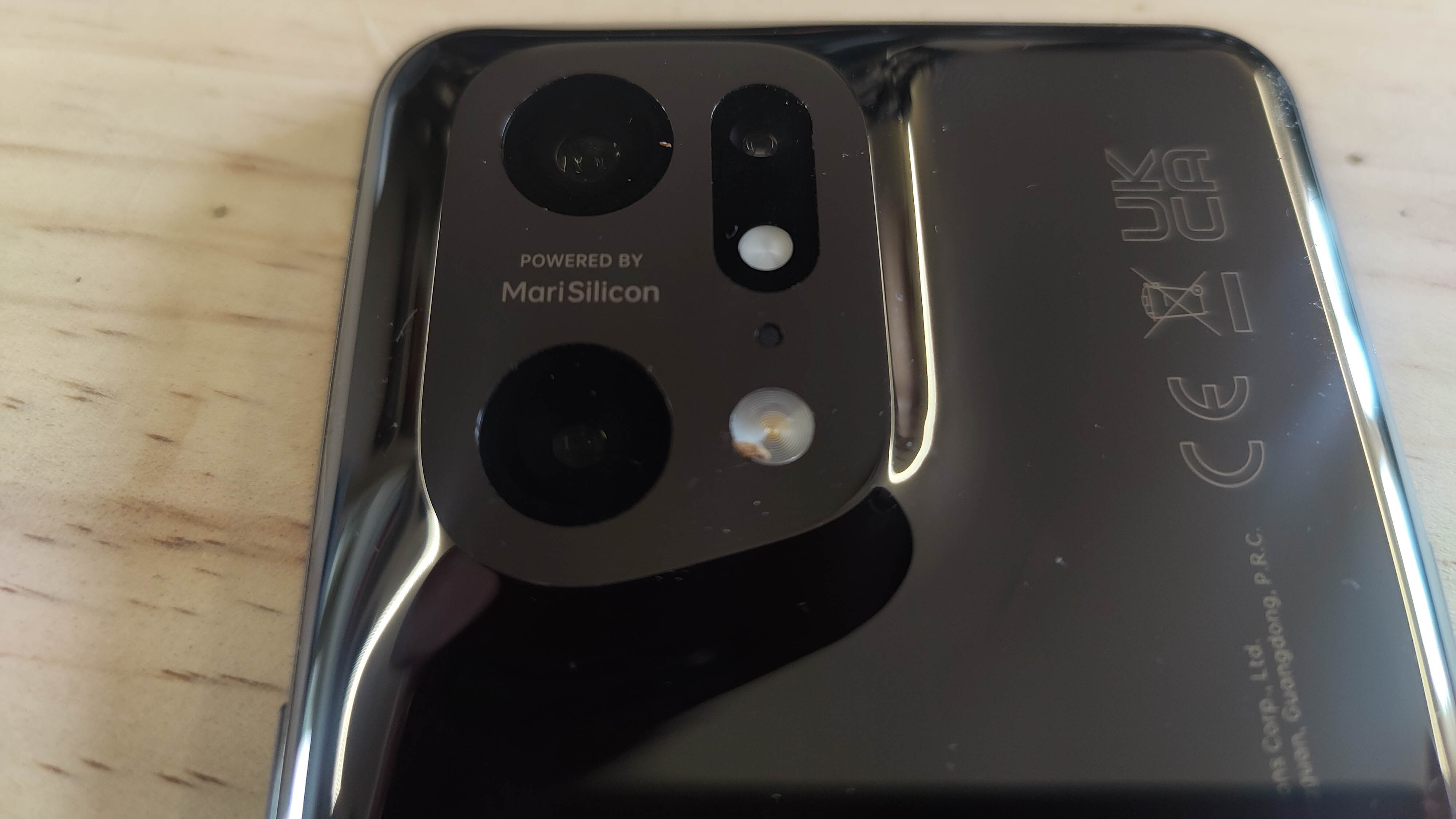
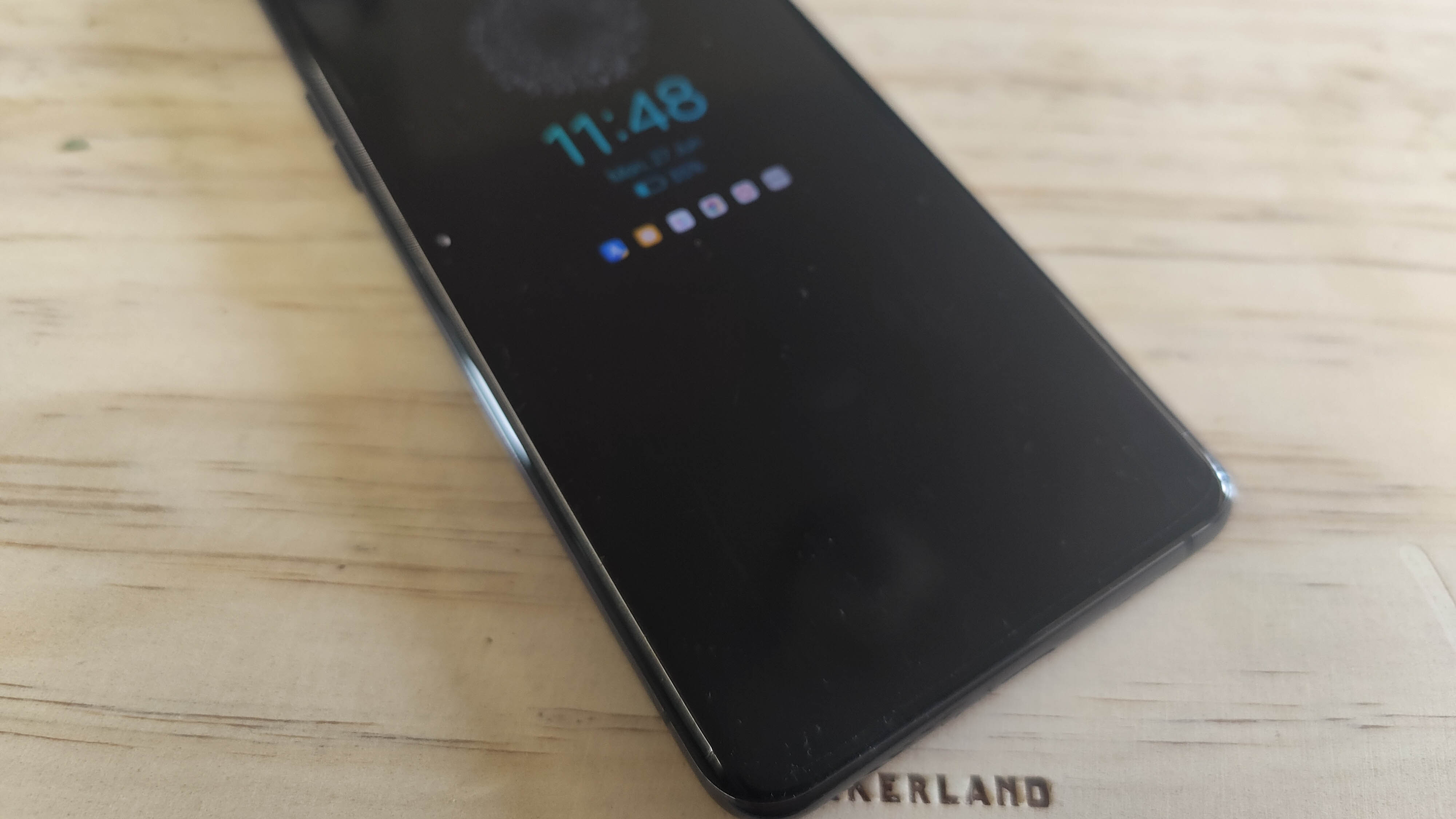
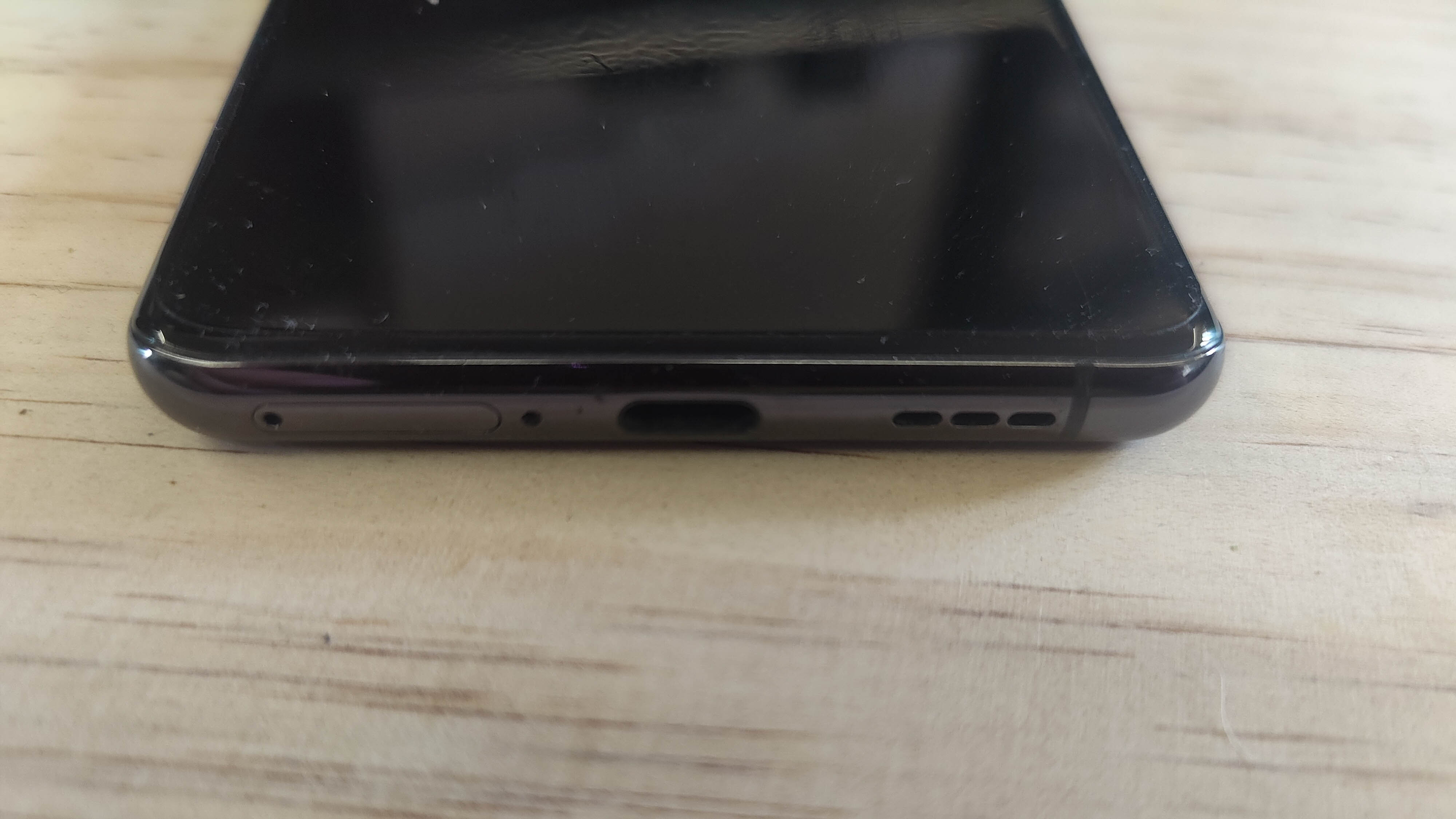


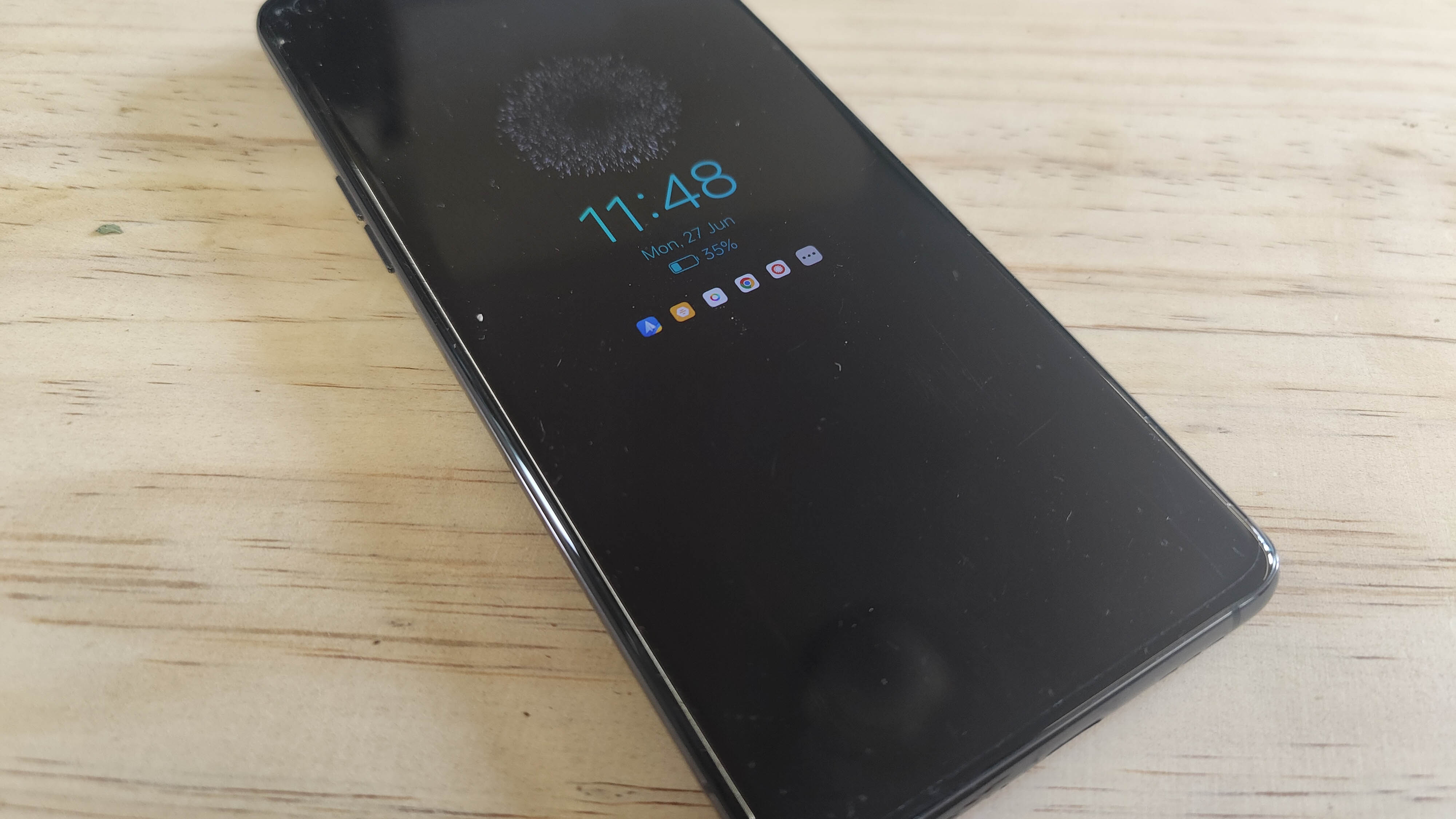
Although Oppo only reached Europe around five years ago, its influence on the phone market has been huge. As one of the biggest phone brands in its native China, and sister brand to OnePlus, the company has already impressed with the X2 Pro and X3 Pro – but in the X5 Pro, the brand has matured into a real contender for the high-end European market.
The Oppo Find X5 Pro is a premium handset with a lightweight aluminium frame backed with a choice of ceramic or vegan leather. But what makes this more than just another black rectangle?
Oppo Find X5 Pro review: Design
The Find X5 Pro offers a fairly bog-standard smartphone design, but it does it with a sense of style – it's the sort of device that you can feel very smug about pulling out and putting on the desk. The curved edging makes it easy to hold, but the shimmering reflective back is highly polished, putting it at constant risk of slipping off any unstable surface – a case is a must, therefore. Which is a shame because with its 90% screen ratio and edge lighting – a familiar design choice to Oppo and OnePlus users – it makes for a beautiful, up to the minute look, let down by a larger-than-average camera bulge.
With its 8.8mm thickness, tapered at the edges, it feels remarkably thin and light, but with enough weight to assure a quality build. Along with the slippery back, the screen is protected with the latest generation Gorilla Glass Victus, which we found rugged, but prone to scratching, so a screen protector is recommended.
Oppo Find X5 Pro review: Display
Visually, the X5 Pro is stunning, with a 1440 x 3216 AMOLED display, running in QHD+ at up to 120Hz. Colour reproduction is extremely accurate and movements are smooth and natural. If that all sounds a bit overpowered, you have the option to turn the refresh rate down and drop the screen resolution to a (still beefy) FHD+ resolution to save battery and resources.
During our display benchmarking, we found the X5 Pro to be more than capable of accurately reproducing a full HDR colour gamut and nominally infinite contrast ratio. We had high expectations, given that Hasselblad Colour Calibration is one of Oppo's major marketing points, but with a near-perfect average Delta-E of 0.31 (maxing out at 2.20) and an sRGB colour gamut coverage of 100%, this is a powerhouse of a display. In short, this display is rivalling the likes of the iPhone 13 and Samsung's S22 Ultra in terms of colour fidelity.
Oppo Find X5 Pro review: Specs and performance
Under the hood, the Oppo Find X5 Pro boasts an octa-core Qualcomm SM8450 Snapdragon 8 Gen 1 SoC, with a choice of 12GB of RAM and either 256GB or 512GB of storage, with a cheaper 8GB/256GB model available for the budget conscious.
Those specs are enough to handle pretty much anything you can throw at it with ease, and as well as the ability to "borrow" extra RAM from storage, there's a dedicated High-Performance mode which maxes out every core of the processor, albeit at the expense of the battery. Nevertheless, even without these extras, we've thrown almost every app and game we could think of at it, and it's yet to let us down. For our tests, we turned off both of these features, to ensure a level playing field with other devices.
In our Geekbench test, the Oppo X5's CPU scored 959 (single-core) and 3,280 (multi-core). While it's no iPhone 13 (1,735 and 4,668), it's certainly an impressive result. In comparison with other Android devices, which don't benefit from Apple's Bionic chips, the Samsung Galaxy S22 Ultra scored 1,166 and 3,475, making Oppo a clear winner.
Oppo Find X5 Pro review: Battery life
When it comes to specs like those of the X5 Pro, particularly its high-end display, there's always a risk that battery life will suffer. But our battery tests produced one of the longest battery durations we've seen, at 21hrs 37mins of constant video playback. Of course, that's hugely reduced during real-world use, but during our daily activities, we could confidently get through a work day and back home with more than 20% remaining.
With a 5,000mAh cell, we found no issue with all-day battery life, even during heavy usage. It's also worth noting that Oppo is finally embracing wireless (Qi) charging at 50W and reverse charging at 10W, and thanks to Oppo's Supervooc 80W charging, you can refuel it in the time it takes to drink a coffee. Using a non-Oppo charger reverts to USB-PD standards though, which takes a little longer.
Oppo Find X5 Pro review: Features
What makes the X5 really sing is the intelligent approach to Android with Oppo's ColorsOS 12 – offering a near-stock Android 12 experience, augmented and complemented by unique features that make the most of the hardware, without smothering it in an unnecessary skin.
All the usual protocols are included; Bluetooth 5.2, A-GPS, Wi-Fi Direct, Miracast And NFC are all present and correct but most notable is that this is one of the first handsets we've tested to offer the benefit of not just the latest Wi-Fi 6 standard, but the bleeding edge Wi-Fi 6E, which uses the nearly cleared 6GHz band. This offers faster speeds and more concurrent connections. Although, at the time of writing, there are comparatively few routers that support it.
The screen houses an under-display fingerprint scanner. You can augment the fingerprint with an impressively efficient facial recognition feature for maximum security. The bottom edge holds the USB-C 3.1 port and a pair of downward-firing stereo speakers which produce above-average onboard sound. This is also where you'll find the SIM slot, which accommodates dual-SIM as standard, or if you prefer, you can opt for an e-SIM.
One of the most theoretically useful innovations in ColorsOS 12 is Oppo PC Connect which, as the name suggests, is designed to create a seamless experience between your device and computer. With cross-device copy-paste, messaging, file transfer and full control of your phone in a dedicated window, this could be highly useful, but unfortunately, we had trouble getting communication established on two different machines.
There's lots more to like about this phone, though. A slide-out menu on the home screen gives you quick access to answer text messages and jump straight into your favourite apps, utilising another of Colors OS 12's secret weapons – multiple scalable windows. This makes the phone even more efficient at multitasking, and with the addition of an external monitor and keyboard, fairly efficient as a makeshift desktop machine. It's not quite Samsung DeX, but it's not far off.
The X5 is also capable of curating two versions of the same app, connected to different accounts. So, for example, you can stay logged in with two different Twitter accounts through a 'cloned' version of the app. This is an efficient way to keep work and personal life separated on a single device, and we really like it. Sadly, if you're looking for SD card or headphone support, you're out of luck.
Oppo Find X5 Pro review: Camera
The rear cameras require a significant bulge on the back of the phone to accommodate the 50MP Hasselblad camera, flanked with a second 50MP ultra-wide lens and a 13MP 2x optical zoom telephoto lens. The punch-hole 32MP front camera is the only gap in the bezel-less 6.7in screen. The camera array is powered by a MariSilicon X image chip and Hasselblad colour calibration.
The pictures that we took during testing were crisp, bright and focused, thanks to the phone's AI chip. The 2x optical zoom is a little low compared to Huawei and Samsung, but we found that using the 50MP mode and cropping produced far crisper images than zooming in achieves.
Oppo Find X5 Pro review: Verdict
There's so much to love about the Oppo Find X5 Pro and we've hardly scratched the surface in terms of 'nice to have' additions, none of which interfere with an out-of-box Android 12 experience that will impress even the most ardent Pixel devotee.
Oppo clearly understands the value of its devices for high-end gaming and business users and tips its hat to both. More importantly, Oppo has committed to three years of device updates and four years of security updates for its Find X range. That means that it should see both Android 13 and 14 during its lifespan, and barring any quantum leaps in technology, the hardware should be as capable then as it is now, making for a good long-term investment worthy of the post-£1,000 price.
As such, we're giving this a mark that reflects not only its current brilliance but also its potential. We've been using this device on a daily basis for three months and it remains one of the finest phones we've worked with in 2022. The PC connection should improve in time, and Oppo's ongoing dedication to refinement and innovation within the Android space means that, if you don't feel the need to upgrade your device every year, you can buy with confidence that it'll do you proud into 2023 and beyond.
Oppo Find X5 Pro specifications
| Processor | Qualcomm SM8450 Snapdragon 8 Gen 1 |
| RAM | 12GB RAM with virtual expansion to 19GB UFS 3.1 |
| Screen | LTPO2 AMOLED up to 120Hz with HDR at 20:9 ratio |
| Front camera | 50MP main, 13MP telephoto with 2x optical zoom |
| Rear camera | 32MP Punch hole |
| Dust and water resistance | IP68 rated, Gorilla Glass Victus |
| 3.5mm headphone jack | No |
| Wireless charging | 50w with AirVOOC charger, 15w with third party. Reverse charging at 10w |
| USB connection type | USB-C 3.1 gen 2 |
| Storage options | 256GB, 512GB |
| Memory card slot | No |
| Wi-Fi | Wi-Fi 6 enabled |
| Bluetooth | 5.0 |
| NFC | Yes |
| Cellular data | 5G ready |
| Dual SIM | Optional - Dual SIM version available, eSIM ready on single/dual SIM versions |
| Dimensions (WDH) | 163.7 x 73.8 x 8.8mm |
| Weight | 218g |
| Operating system | ColorOS 12 (based on Android 12) |
| Battery size | 5000MaH |
Get the ITPro daily newsletter
Sign up today and you will receive a free copy of our Future Focus 2025 report - the leading guidance on AI, cybersecurity and other IT challenges as per 700+ senior executives
Chris Merriman has been writing about technology since the 1990s for a variety of titles including Computer Shopper, MSN, TechRadar, Tom’s Guide and The Inquirer, where he broke a number of major tech news stories that were picked up globally. He has appeared on BBC, Sky News and Al Jazeera and was the resident tech expert at TalkRadio for a number of years. In between times, he has also been a consultant for several major tech firms.
Chris is fascinated by automation and the internet of things, as well as the evolution of the ways we communicate in the digital era. He's also a frequent contributor to ITPro's software guides, including Windows operating systems. Other specialisms include storage, peripherals, and web apps, and any gadget he’s allowed to take apart and fiddle with, preferably after throwing away the box, manual and receipt.
-
 Cleo attack victim list grows as Hertz confirms customer data stolen – and security experts say it won't be the last
Cleo attack victim list grows as Hertz confirms customer data stolen – and security experts say it won't be the lastNews Hertz has confirmed it suffered a data breach as a result of the Cleo zero-day vulnerability in late 2024, with the car rental giant warning that customer data was stolen.
By Ross Kelly Published
-
 Women show more team spirit when it comes to cybersecurity, yet they're still missing out on opportunities
Women show more team spirit when it comes to cybersecurity, yet they're still missing out on opportunitiesNews While they're more likely to believe that responsibility should be shared, women are less likely to get the necessary training
By Emma Woollacott Published
-
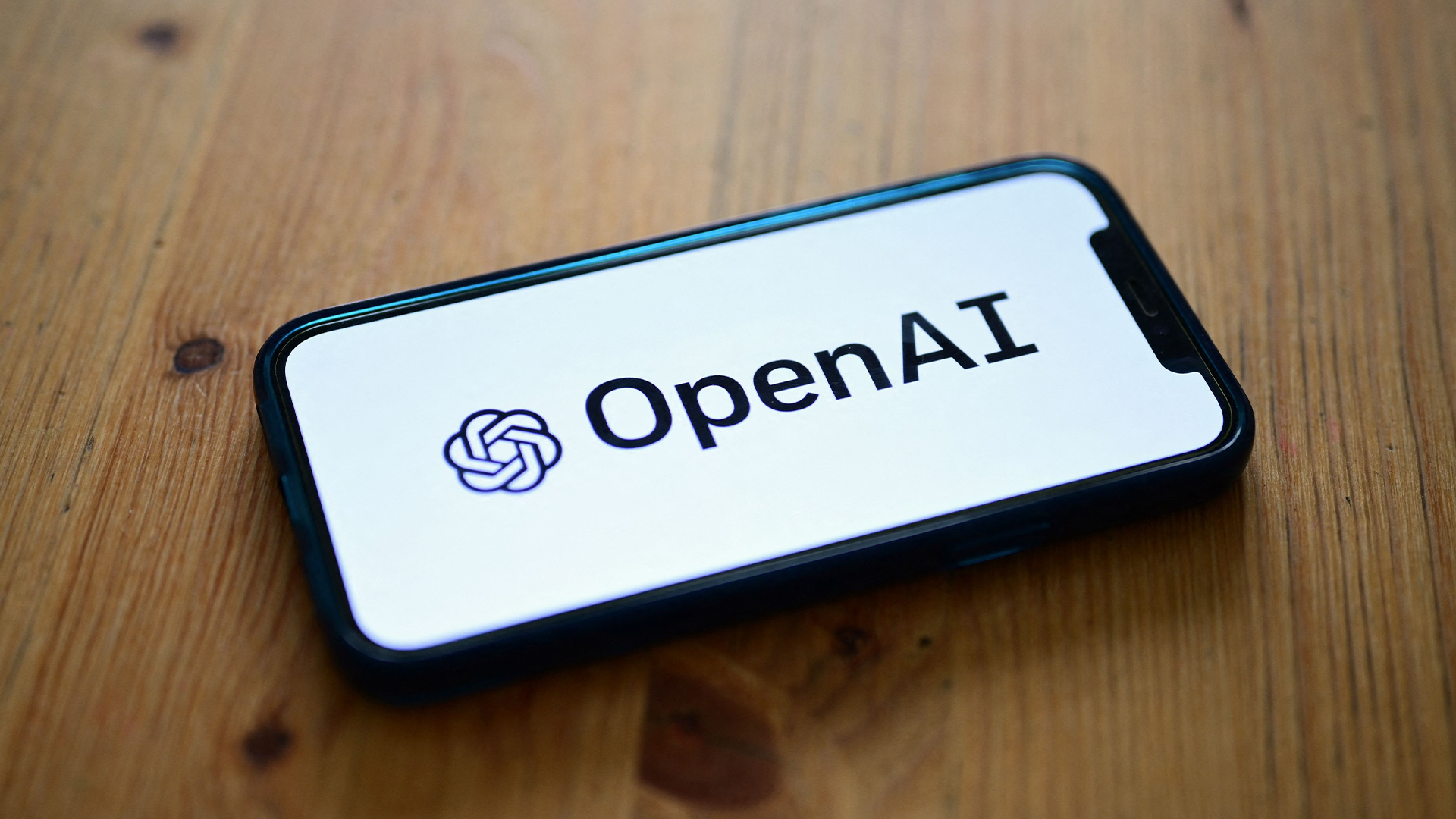 OpenAI wants developers using its new GPT-4.1 models – but how do they compare to Claude and Gemini on coding tasks?
OpenAI wants developers using its new GPT-4.1 models – but how do they compare to Claude and Gemini on coding tasks?News OpenAI says its GPT-4.1 model family offers sizable improvements for coding, but tests show competitors still outperform it in key areas.
By Ross Kelly Published